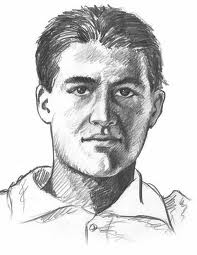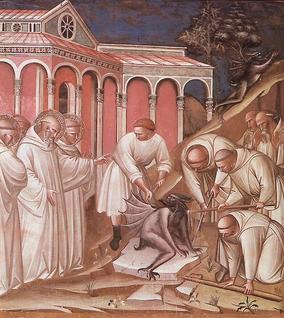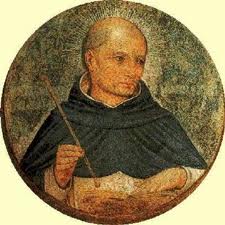Leave it to a Capuchin friar to pick up the obvious: we need a patron saint for reverts. To my knowledge, there are no heavenly patrons except for Blessed Anthony Neyrot, who gave up the faith, and came back home. Perhaps now Blessed Anthony’s currency will increase. Special thanks to my friend and fellow Elm City-ite, Friar Charles, who wrote the following post on his blog, A Minor Friar, earlier today:
Today is the feast of Blessed Anthony Neyrot, OP. I think he could make a fine heavenly patron for ‘reverts’ to the faith.
Here’s his entry in the Martyrology today:
At Tunis on the coast of northern Africa, blessed Anthony Neyrot, priest of the Order of Preachers and martyr, who, taken by pirates to Africa, apostatized, but, helped by divine grace, publicly took up again the religious habit on Holy Thursday, which atoned for his crime by covering it with stones.
Some other things I read on the internet said that during his apostasy he had become a fairly devout Muslim and had even made a socially advantageous marriage. Holy Week 1460, however, found him inspired to repent of his apostasy. Having made his confession he was re-invested in the Dominican habit and then, on Holy Thursday, was stoned to death for his re-version to the faith.
Here is the Mass prayer for Blessed Anthony I posted in 2010.
Blessed Anthony, pray for us!











